1999-03-15 17:30
[ APL Coverage of Latin America Spans 34 Ports; ]
Carrier Says It Is Ready for Deregulation
Global container-transportation and logistics provider APL says it has
built a Latin America service network that now includes 34 ports in C
entral and South America and the Caribbean-- in order to meet market d
emand and to prepare for a deregulated shipping environment under the
Ocean Shipping Reform Act of 1998(OSRA), which becomes effective May 1
.
APL also says it has made the network more flexible and resilient to e
conomic swings, and has introduced for Latin American exporters and im
porters the highest level of information support available anywhere in
the region.
Under OSRA, APL expects many of its global customers to begin asking f
or customized service packages that will cover multiple trade lanes, i
ncluding Latin America.
“Latin America has become an integral part of the global trade and di
stribution patterns of many of ourt customers,” says John Urban, APL
’s vice president for the Latin America market. “These customers do
business globally-- in North and South America, Asia, Europe, and othe
r markets. We’ll be well positioned to help them source or market in
all these regions as part of their global operations.”
In the face of industry deregulation and changing trade patterns trigg
ered by currency shifts, APL’s strategy for Latin America includes si
x key elements that APL expects will help make Latin American exporter
s and importers more competitive. “Taken together, these strategies m
ake APL unique among all its competitors in the Latin American market,
”Uban says.
First, APL’s services are geographically comprehensive, currently inc
luding 25 points in South America, four in Central America and 5 in th
e Caribbean.
Second, APL services multiple Latin America trade lanes. This means AP
L has been building not only its north-south routes, but also very com
petitive trans-Pacific capabilities that link Latin America with more
points in Asia and the Middle East than any other carrier. APL is also
serving the intra-regional market.
Third, APL is committed to offering a higher level of customer service
and information support in Latin America than most competitors, says
Urban. “We believe that offering our Latin America customers the most
advanced Urban. Specifically, he refers to the company’s award-winn
ing Inernet-based booking and shipment-tracing capabilities, which are
helping manufacturers and retailers keep better control of their ship
ments and their costs.
Fourth, APL is restructuring its alliance relationships with other car
riers in the Latin America trades in order to increase its operating f
lexibility and reduce costs. “These efforts have no impact on our hig
h service standards, but enable APL to remain competitive and viable e
ven in the face of a sharply declining southbound trade,”says Urban.
“Sudden shifts in demand such as we have seen in the north-south trad
es can sharply affect service by some carriers in the market. But by a
djusting our alliance structure, APL has positioned itself with a capa
city and high service level that best meets its customers’ needs in a
rapidly changing market.”
For example, last month the company combined sailings to Colombia and
Venezuela with serveral alliance partners instead of just one partner.
As a result, APL’s service frequencies and port rotations will remai
n high, even though southbound volumes are largely flat or contracting
.
Fifth, the company provides extensive intermodal distribution capabili
ties throughout the United States, Canada and Mexico to support shipme
nts moving to or from Latin America. Freight moves via the most extens
ive “double-stack” container train network in North America, with el
ectronic shipment-monitoring both on land and at sea.
And finally, APL offers customers in Latin America virtually any other
types of logistical support they might require. These include such se
rvices as bar-cording, freight consolidation, logistics consulting, an
d even contract logistics services.
Global container-transportation and logistics provider APL says it has
built a Latin America service network that now includes 34 ports in C
entral and South America and the Caribbean-- in order to meet market d
emand and to prepare for a deregulated shipping environment under the
Ocean Shipping Reform Act of 1998(OSRA), which becomes effective May 1
.
APL also says it has made the network more flexible and resilient to e
conomic swings, and has introduced for Latin American exporters and im
porters the highest level of information support available anywhere in
the region.
Under OSRA, APL expects many of its global customers to begin asking f
or customized service packages that will cover multiple trade lanes, i
ncluding Latin America.
“Latin America has become an integral part of the global trade and di
stribution patterns of many of ourt customers,” says John Urban, APL
’s vice president for the Latin America market. “These customers do
business globally-- in North and South America, Asia, Europe, and othe
r markets. We’ll be well positioned to help them source or market in
all these regions as part of their global operations.”
In the face of industry deregulation and changing trade patterns trigg
ered by currency shifts, APL’s strategy for Latin America includes si
x key elements that APL expects will help make Latin American exporter
s and importers more competitive. “Taken together, these strategies m
ake APL unique among all its competitors in the Latin American market,
”Uban says.
First, APL’s services are geographically comprehensive, currently inc
luding 25 points in South America, four in Central America and 5 in th
e Caribbean.
Second, APL services multiple Latin America trade lanes. This means AP
L has been building not only its north-south routes, but also very com
petitive trans-Pacific capabilities that link Latin America with more
points in Asia and the Middle East than any other carrier. APL is also
serving the intra-regional market.
Third, APL is committed to offering a higher level of customer service
and information support in Latin America than most competitors, says
Urban. “We believe that offering our Latin America customers the most
advanced Urban. Specifically, he refers to the company’s award-winn
ing Inernet-based booking and shipment-tracing capabilities, which are
helping manufacturers and retailers keep better control of their ship
ments and their costs.
Fourth, APL is restructuring its alliance relationships with other car
riers in the Latin America trades in order to increase its operating f
lexibility and reduce costs. “These efforts have no impact on our hig
h service standards, but enable APL to remain competitive and viable e
ven in the face of a sharply declining southbound trade,”says Urban.
“Sudden shifts in demand such as we have seen in the north-south trad
es can sharply affect service by some carriers in the market. But by a
djusting our alliance structure, APL has positioned itself with a capa
city and high service level that best meets its customers’ needs in a
rapidly changing market.”
For example, last month the company combined sailings to Colombia and
Venezuela with serveral alliance partners instead of just one partner.
As a result, APL’s service frequencies and port rotations will remai
n high, even though southbound volumes are largely flat or contracting
.
Fifth, the company provides extensive intermodal distribution capabili
ties throughout the United States, Canada and Mexico to support shipme
nts moving to or from Latin America. Freight moves via the most extens
ive “double-stack” container train network in North America, with el
ectronic shipment-monitoring both on land and at sea.
And finally, APL offers customers in Latin America virtually any other
types of logistical support they might require. These include such se
rvices as bar-cording, freight consolidation, logistics consulting, an
d even contract logistics services.
많이 본 기사
- 국제물류업계, 광양항 마지막 배후단지 활용법 모색한다‘일상이 된 물류시장 불확실성’, AI·친환경이 돌파구‘고환율·저운임’ 글로벌 물류기업 일제히 부진한 실적 신고‘수요 둔화 지속’ 컨운임지수 한주만에 1300선으로 후퇴DHL, 중동 두바이에 차세대 물류허브 개소해운협회, 부산항도선사회와 CCTV 활용 안전도선 업무협약한국해양대, 장금상선등 해운사와 해양인재 양성방안 모색2028년 유엔 해양총회 한국 유치 확정KMI, 우리나라와 북극권국가 협력 방안 모색벌크선시장, 급등 이후 조정 '속도 조절 들어가나'
- 인사/ 팬오션전재수 해수부 장관 사의…“해양수도권 차질없이 육성되길”쿠팡 박대준 대표이사 사임…“개인정보 유출 책임 통감”에스티엘글로벌, 한국해大 해사대학에 장학금 기부日 ONE 운항 9100TEU급 컨선 화재…공동해손 선언인사/ 해양수산부윌로그, 벤처창업진흥유공 대통령 표창 수상아시아나IDT, 산업안전세미나 개최…‘플랜투두’ 확산 전략 공유아로아랩스, 중기부 창업지원프로그램 선정…연구개발 자금 확보부음/ 해운조합 최종진 본부장 빙모상










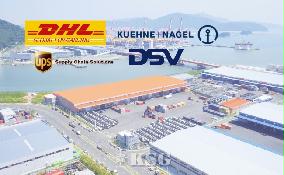

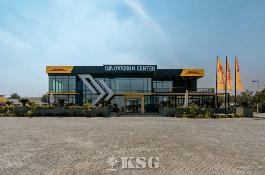
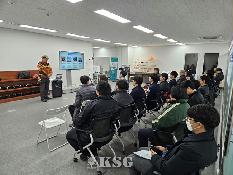




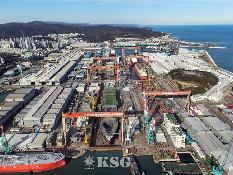
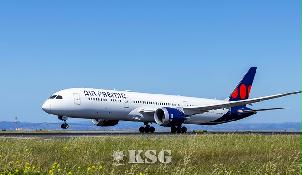


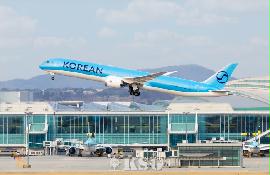


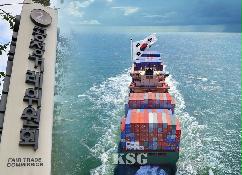



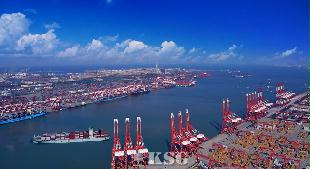
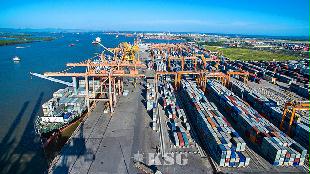
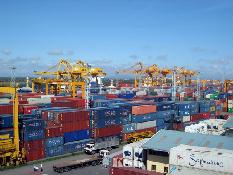






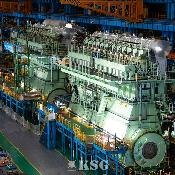
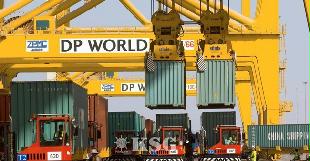

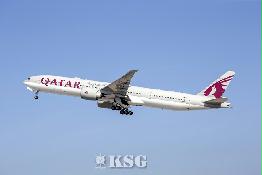





















0/250
확인